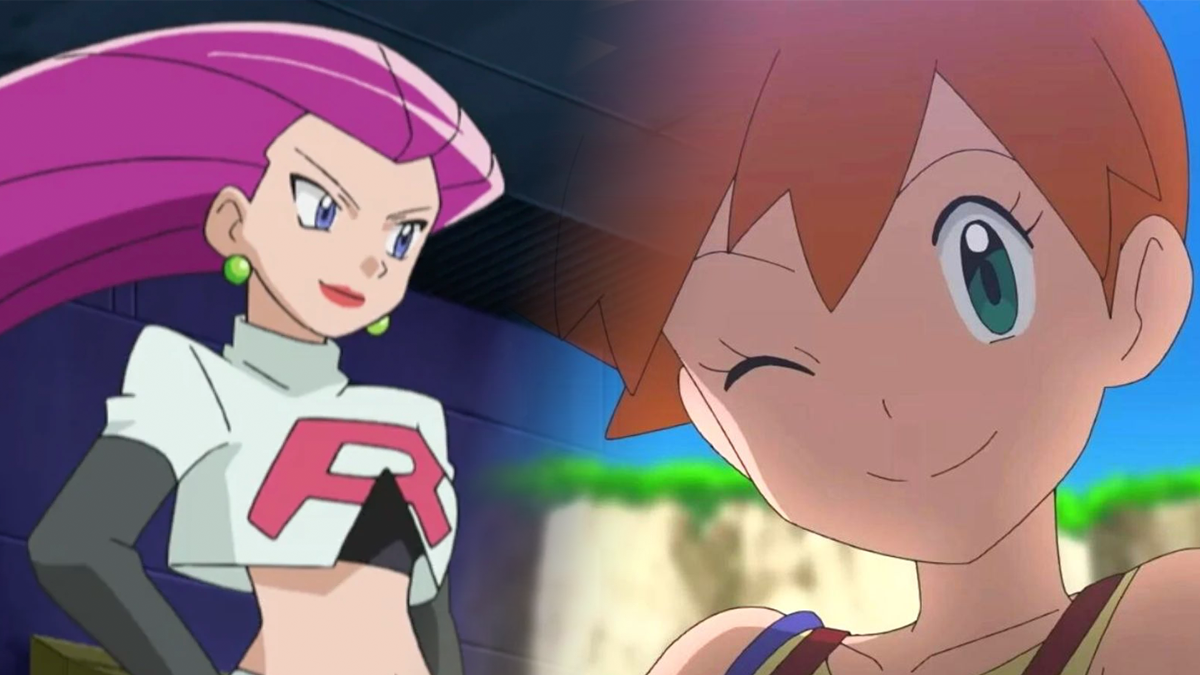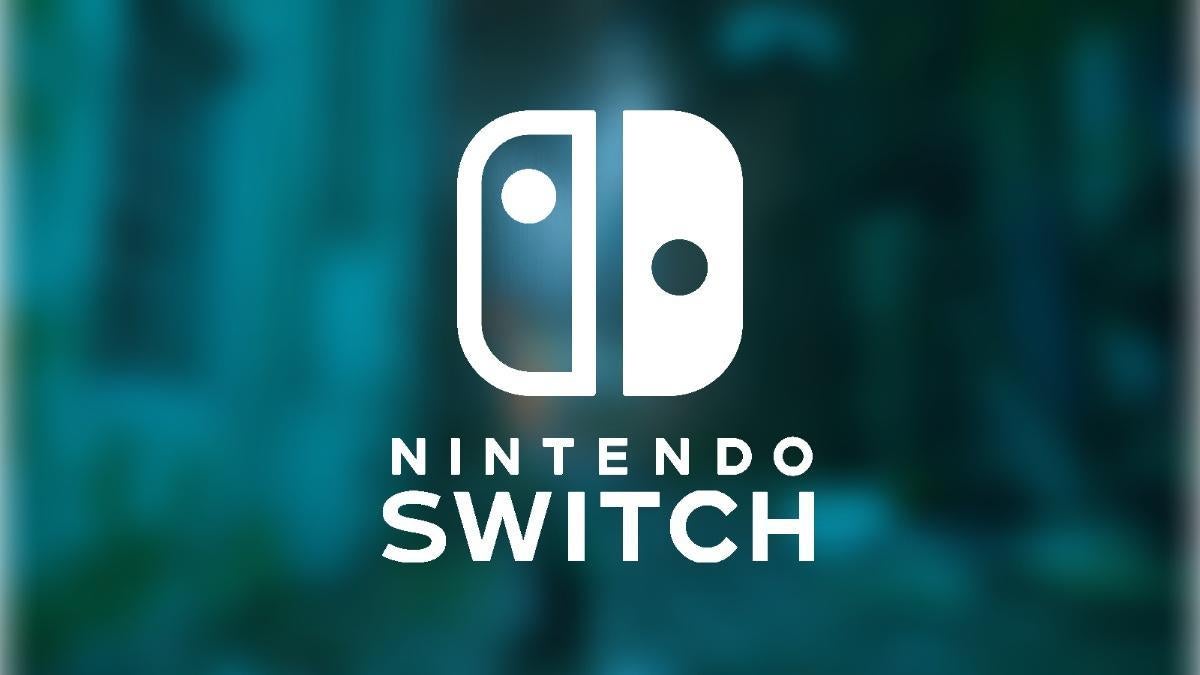Pipeline #1010: The Ink Lines of J. Scott Campbell
Ink Lines I'm much more comfortable in Clip Studio Paint than I am with the kind of real world [...]
Ink Lines

The month of #Inktober is fast approaching. Started by Jake Parker a few years ago, Inktober is a challenge to post an inked drawing every day for the month of October. It's good practice for a tricky part of the art.
I completed the challenge in the last two years. Last year was a little rough. Just as I was getting used to digital inking, I had some equipment failures and had to go back to the "old school" way. I inked everything with a combination of Micron pens and a Pentel Pocket Brush.
This year, I'll be participating for the first time with the help of my Yiynova drawing display. (Think Wacom Cintiq, but half the price.) I'm much more comfortable in Clip Studio Paint than I am with the kind of real world pens and brushes that don't come with a convenient CMD-Z Undo button combination. This year will be a little more fun because of that.
You can watch my Instagram feed to see how it goes, if you're curious.
This is all to say that I've been thinking a lot about inking again the last few days. Coloring has become an important part of the final look of comics at the expense, I think, of some of the inking. Many of the tricks that inkers used to have to create have been replaced by colorists and Photoshop. (Need to push part of the art into the background? Lighten up the colors or hold the colors on the ink links to do it. Ink weights are redundant.)
On the whole, I think the look of comics is improved by this, but I can't also help but think the "tracer" stigma is becoming more present because of it.
Inking is painstaking work. I know from doing my own fan art that inking is the part of the process that demands the most precision, detail, and mastery of technique. As tight as pencilers work these days, the final product is still the art that comes off the inker's board, or monitor. You can cheat in pencils, but there's no cheating in the inks.
It is a happy coincidence, then, that a new art book just showed up at Pipeline World Headquarters that spotlights the artist's ink line.
The Ink Lines of J. Scott Campbell

The timing couldn't be more perfect.
J. Scott Campbell released a new art book at San Diego Comic-Con this summer that's now available through his on-line store called "Lineology A: The Pen & Ink Line-Art of J. Scott Campbell." The difference between this and his previous volumes is that the intent of this book is to show off his ink line. He does that by including lots of pictures of works in progress. Often, they're shot with him holding the pen up near the art to give you an idea of the size he's working at.
Obviously, how much you'll enjoy this book is likely up to how much you like Campell's art style. He has a very specific style, with lean and lanky people, men and women both. He can contrast soft contours with pointed features on the same people. He tends towards beautiful women, but that's hardly a rarity in this field, or even in your average sketchbook offering.
Looking at the book, I was fascinated by how Campbell achieves the look on his pages with what looks to be predominately a Micron pen. That shouldn't be terribly surprising. When you see the uniformly thin lines he achieves in his architectural shots -- particularly in the backgrounds -- the unflexible pointer of a pen tip is a natural. (There's a Peter Pan shot that's breathtaking for the shot of Big Ben in the background with every thin line drawn in.)
The impressive part of Campbell's art is how he draws smooth, curvier lines with a pen and makes it look so good. I'd still love to see a brush inker do their interpretation of his artwork to get even smoother and more fluid lines in the more organic places. However, Campbell has worked out a way for himself to work with the tools he's comfortable with to great effect.

Campbell uses a couple of tricks to pull it off. First, his main line is just fluid and all of a piece. He's not sketching in the side of a leg with lots of short strokes. It's one long line. Second, he draws over the line repeatedly to make it thicker. When that's not enough, he adds little hatches to give the line a thicker look without complicating the space. Your eye naturally sees it as a thicker line with a little bit of texture. I'm fascinated by it. You can see an example of it on the cover of this book under the thigh of the woman sitting down.
In some ways, this is like the Artist's Edition of skethbooks. It's a more standard 8.5 by 12 inch size, but the level of detail on the images is outstanding. The pencil pages look real, since they're shot by a camera and not scanned in. The final black and white inked images are breathtaking. Even at this size, you see how much little work is added to a pin-up or a cover to get it to that final stage. I found myself holding the book up close to my ace to see all the detail.
The art is an assortment of images, including some Marvel and DC work, but there's more of Campbell's work work here, including "Danger Girls" and some Disney work, plus a few pages of stuff I've never seen anywhere before because I likely don't pay enough attention. (Check out the Wizard of Oz piece or the Disney Princess pieces for the things you are least likely to have already seen.)

The book is a softcover, but with a solid square binding and a heavy cover and paper stock. The title is embossed, with the cover image showing the blue lines behind the final inks to match the blue of the title lettering. As a bonus, the two outside corners are rounded off. The final package is $30, plus shipping, through JScottCampbell.com now.
I think there's a good chance with a little study, you might come away with some new respect for Campbell's work. If you're already a fan, you're going to love this book.
PipelineComics.com || Instagram || Twitter || E-mail




